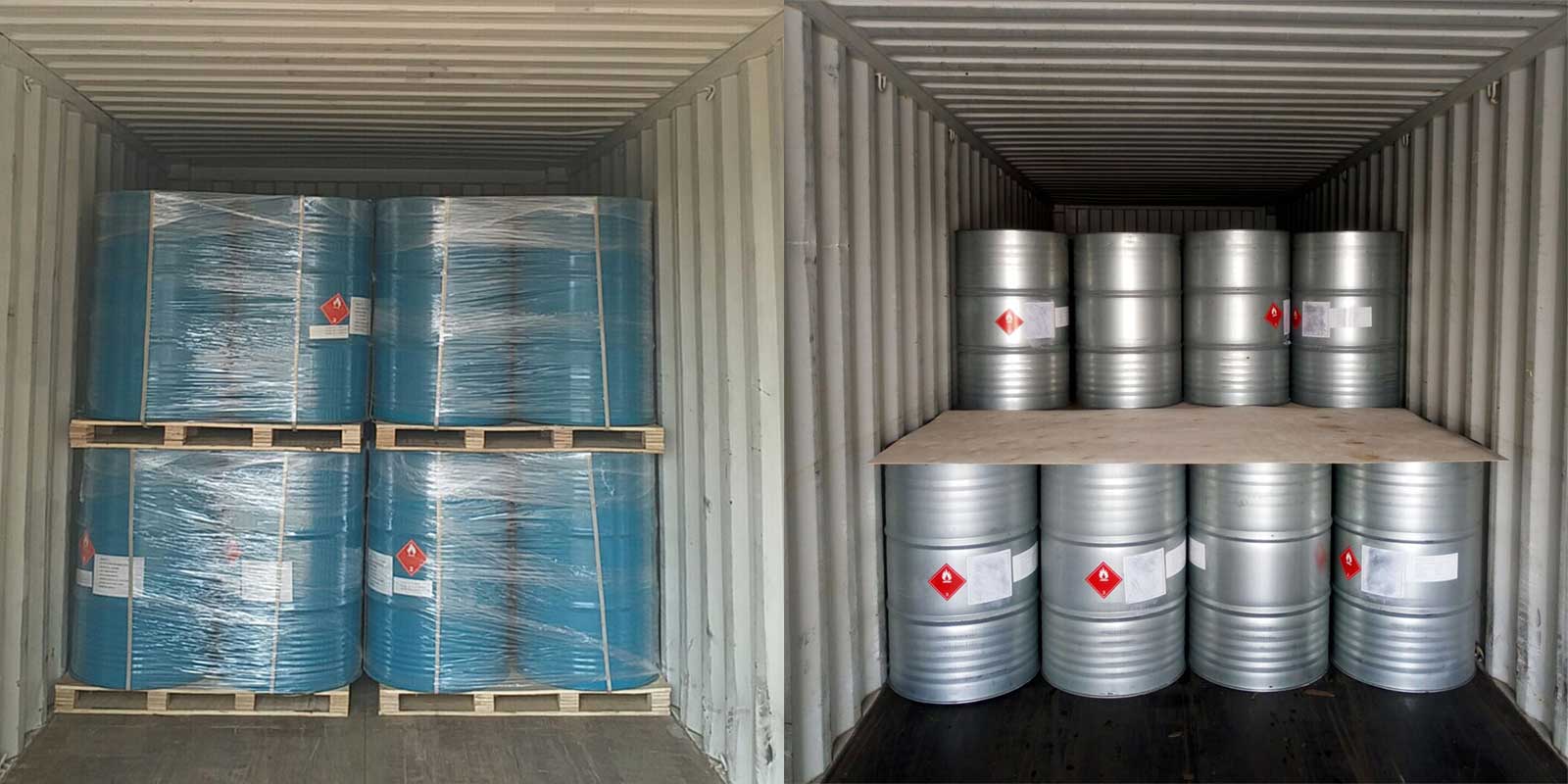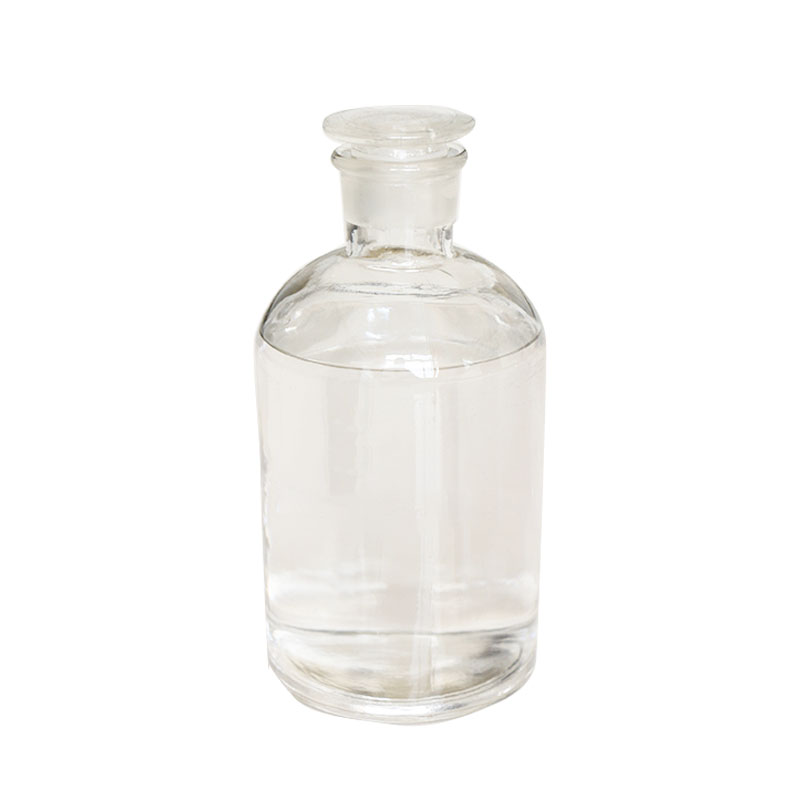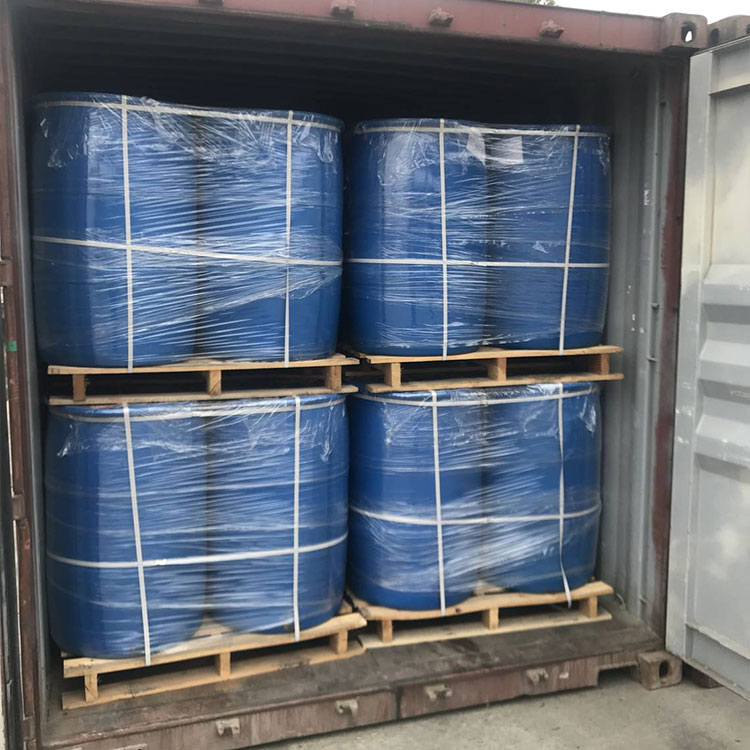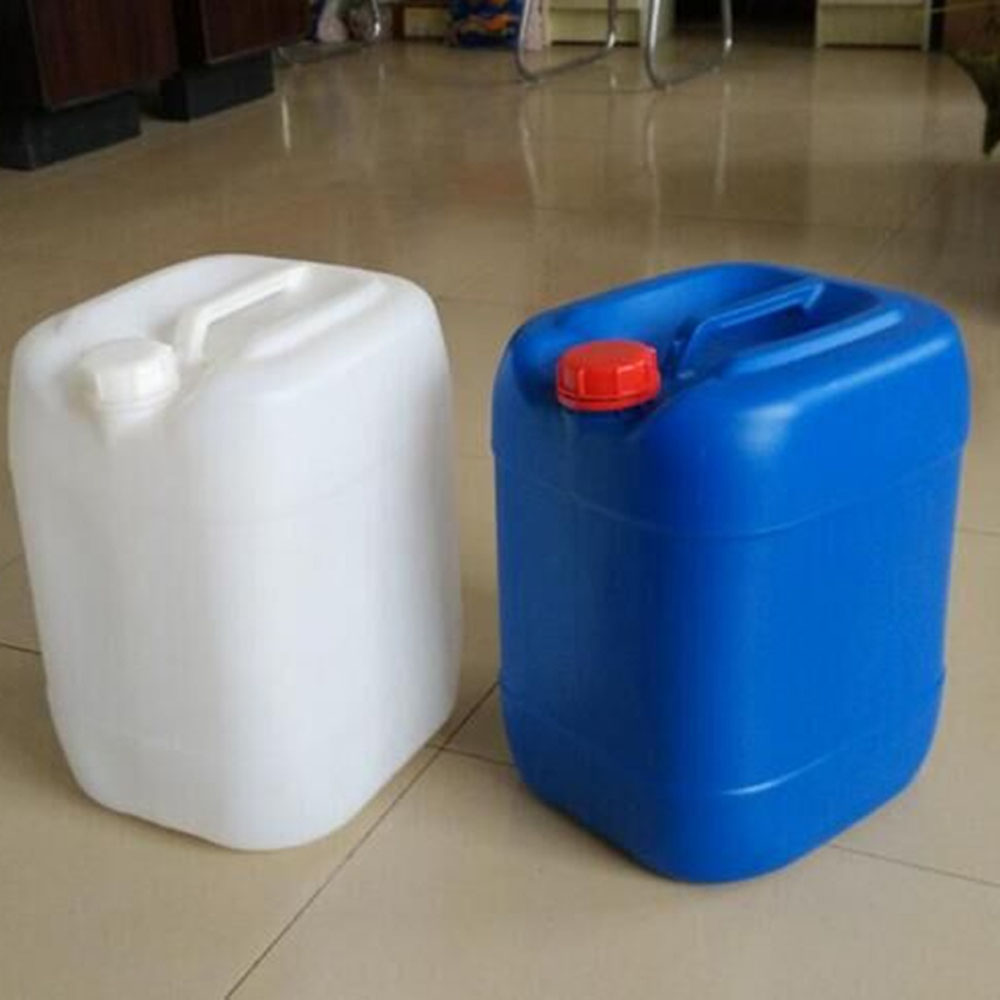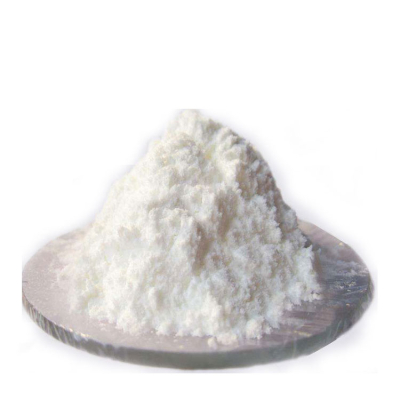Acrylonitrile CAS#107-13-1
Acrylonitrile CAS#107-13-1 Promotion Season Now in Store and Free Sample for Testing with Factory Price
Chemical Name:Acrylonitrile
CAS No.: 107-13-1
Molecular Formula:C3H3N
Molecular weight:53.06
Sample: Available
Mode of Transportation
1. By Air, fast but expensive.
2. By Sea, usual and economy.
3. By Train, suit for middle Asia countries.
4. By Express, suit for small package.
We only provide highest quality goods available, accompanied by after support!
Acrylonitrile CAS#107-13-1
Acrylonitrile is a colourless, flammable liquid. Its vapours might also explode when uncovered to an open flame. Acrylonitrile does now not take place naturally. It is produced in very giant quantities through numerous chemical industries in the United States, and its requirement and demand are growing in latest years. Acrylonitrile is a closely produced, unsaturated nitrile. It is used to make different chemical compounds such as plastics, artificial rubber, and acrylic fibres. It has been used as a pesticide fumigant in the past; however, all pesticide makes use of have been discontinued. This compound is a principal chemical intermediate used in developing merchandise such as pharmaceuticals, antioxidants, and dyes, as nicely as in natural synthesis. The biggest customers of acrylonitrile are chemical industries that make acrylic and modacrylic fibres and high-impact ABS plastics. Acrylonitrile is additionally used in commercial enterprise machines, luggage, building material, and manufacturing of styrene-acrylonitrile (SAN) plastics for automotive, family goods, and packaging material. Adiponitrile is used to make nylon, dyes, drugs, and pesticides.

Acrylonitrile Chemical Properties |
Melting point | -83 °C (lit.) |
Boiling point | 77 °C (lit.) |
density | 0.806 g/mL at 20 °C |
vapor density | 1.83 (vs air) |
vapor pressure | 86 mm Hg ( 20 °C) |
refractive index | n |
Fp | 32 °F |
storage temp. | 2-8°C |
solubility | 73g/l |
form | Liquid |
color | Clear |
PH | 6.0-7.5 (50g/l, H2O, 20℃) |
Odor | Mild pyridine-like odor at 2 to 22 ppm |
Odor Threshold | 8.8ppm |
explosive limit | 2.8-28%(V) |
Water Solubility | Soluble. 7.45 g/100 mL |
Sensitive | Light Sensitive |
Merck | 14,131 |
BRN | 605310 |
Henry's Law Constant | 1.30 at 30.00 °C (headspace-GC, Hovorka et al., 2002) |
Exposure limits | NIOSH REL: TWA 1 ppm, 15-min C 1 ppm, IDLH 85 ppm; OSHA PEL: TWA 2 ppm, 15-min C 10 ppm; ACGIH TLV: TWA 2 ppm. |
Dielectric constant | 33.009999999999998 |
LogP | 0.017 at 21℃ |
CAS DataBase Reference | 107-13-1(CAS DataBase Reference) |
IARC | 2B (Vol. 71) 1999 |
NIST Chemistry Reference | 2-Propenenitrile(107-13-1) |
EPA Substance Registry System | Acrylonitrile (107-13-1) |
Safety Information |
Hazard Codes | F,T,N,Xn |
Risk Statements | 45-11-23/24/25-37/38-41-43-51/53-39/23/24/25-62-63 |
Safety Statements | 53-9-16-45-61-36/37 |
RIDADR | UN 1093 3/PG 1 |
OEB | D |
OEL | TWA: 1 ppm, Ceiling: 10 ppm [15-minute] [skin] |
WGK Germany | 3 |
RTECS | AT5250000 |
F | 8 |
Autoignition Temperature | 481 °C |
TSCA | Yes |
HazardClass | 3 |
PackingGroup | I |
HS Code | 29261000 |
Hazardous Substances Data | 107-13-1(Hazardous Substances Data) |
Toxicity | LD50 orally in rats: 0.093 g/kg (Smyth, Carpenter) |
IDLA | 60 ppm |
Product Usage
Acrylonitrile is in particular used in the manufacture of acrylic and modacrylic fibers. It is additionally used as a uncooked cloth in the manufacture of plastics (acrylonitrile-butadiene-styrene and styrene-acrylonitrile resins), adiponitrile, acrylamide, and nitrile rubbers and barrier resins. A combination of acrylonitrile and carbon tetrachloride was once used as a pesticide in the past; however, all pesticide makes use of have stopped. Acrylonitrile is a commercially essential industrial chemical that has been used substantially on the grounds that Nineteen Forties with the fast growth of the petrochemical industry.
The manufacturing of ABS and SAN resins consumes the 2nd greatest extent of acrylonitrile. The ABS resins are produced via grafting acrylonitrile and styrene onto polybutadiene or a styrene–butadiene copolymer and incorporate about 25 wt% acrylonitrile. These merchandise are used to make elements for automobile and leisure vehicles, pipe fittings, and appliances. The SAN resins are styrene–acrylonitrile copolymers containing 25–30 wt% of acrylonitrile. The top of the line readability of SAN resin permits it to be used in vehicle instrument panels, for instrument lenses and for houseware objects (Langvardt, 1985; Brazdil, 1991).
Factory and Equipment Show
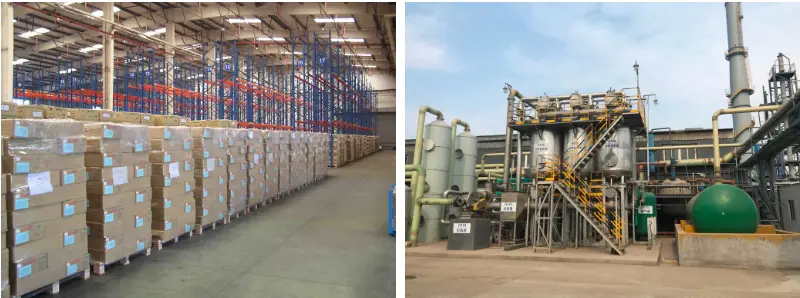
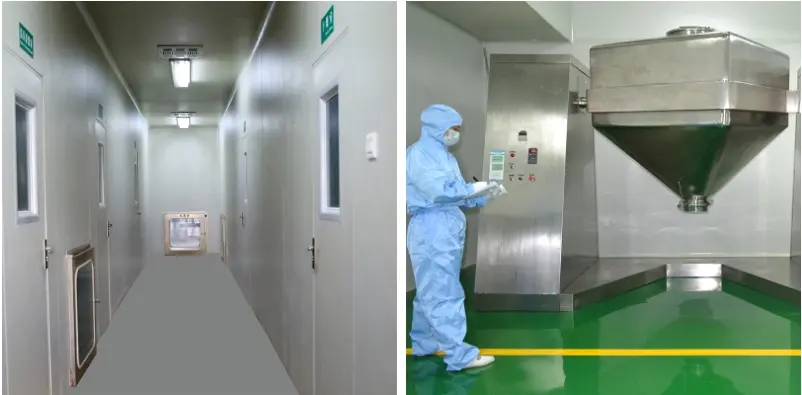
Fast transport time
Inventory 2-3 working days New manufacturing 7-10 working days
